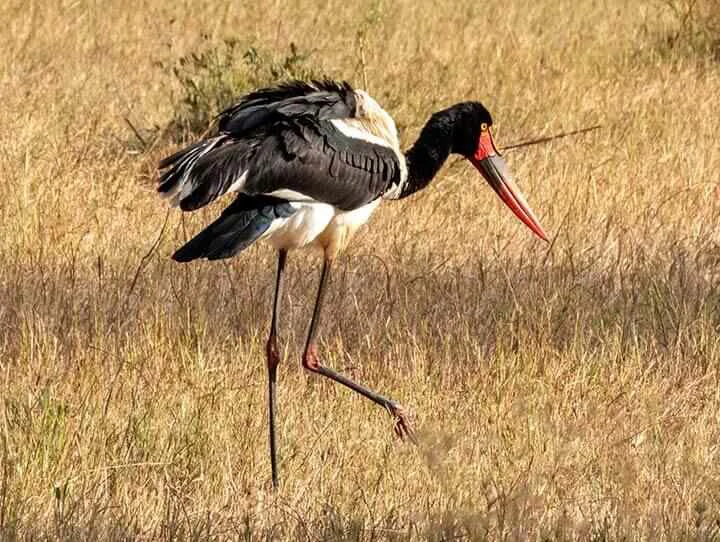
BIRDING IN
Zinave National Park

BIRDING IN
Zinave National Park

BIRDING IN
Zinave National Park

BIRDING IN
Zinave National Park
Zinave National park covers an area of 400 000 ha and is situated in the Great Limpopo Transfrontier Park Conservation Area (GLTP TCFA), which is envisioned to be a gigantic geographic area covering 10 million hectares, having the Great Limpopo Transfrontier Park Conservation Area with Kruger, Limpopo and Gonarezhou Parks at its core, with other large parks as Zinave and Banhine included in the system, with wildlife corridors incorporated. Zinave, like so much of Mozambique, suffered greatly under its civil war where its ecology was devastated, but very promising progress is being made. The park extends to the south of the Save River in Inhambane Province.
Zinave National Park is the easternmost anchor park of the Great Limpopo Transfrontier Park Conservation Area, which also comprises Banhine and Limpopo national parks in Mozambique, Kruger National Park in South Africa, Gonarezhou National Park in Zimbabwe and various other state and privately-owned conservation areas across the three countries. Wildlife monitoring has shown that multiple species, including lions, elephants, and wild dogs, use this crucial cross-border migration route to access water, food, and breeding grounds through the ecological corridors connecting the different conservation areas.
Zinave National Park has 177bird species, 4 of which are globally threatened species. Bird species to look out for at Zinave include; Common Ostrich, White-faced Whistling, Duck, Egyptian Goose, Spur-winged Goose, Comb Duck, Helmeted Guineafowl, Crested Guineafowl, Red-necked Spurfowl, Crested Francolin, Greater Flamingo, Red-eyed Dove, Ring-necked Dove, Laughing Dove, African Green Pigeon, Emerald-spotted Wood Dove, Namaqua Dove, Mottled Spinetailed Swift, Böhm's Spinetailed Swift, African Palm Swift, Little Swift, White-browed Coucal, Yellowbill, Black Crake, Red-crested Bustard, Grey Go-away-bird, Purple-crested Turaco, Marabou, Yellow-billed Stork, African Openbill, Woolly-necked Stork, Saddle-bill Stork, Pink-backed Pelican, Hamerkop, Striated Heron, Squacco Heron, Cattle Egret, Grey Heron, Black-headed Heron, Goliath Heron, Purple Heron, Great Egret, Intermediate Egret, Little Egret, African Sacred Ibis, African Spoonbill, Hadada Ibis, Long-tailed Cormorant, African Darter, Water Thick-knee, Black-winged Stilt, Kittlitz's Plover, Three-banded Plover, White-fronted Plover, Blacksmith Lapwing, White-headed Lapwing, Senegal Lapwing, African Wattled Lapwing, Greater Painted-snipe, African Jacana, Common Greenshank, Temminck's Courser, Collared Pratincole, Whiskered Tern, White-winged Tern, African Cuckoo Hawk, African Harrier Hawk, Bateleur, Brown Snake Eagle, Southern Banded Snake Eagle, Western Banded Snake Eagle, White-backed Vulture, Lappet-faced Vulture, Martial Eagle, African Hawk Eagle, African Fish Eagle, Little Sparrowhawk, African Marsh Harrier, Lizard Buzzard, Eurasian Buzzard, Black Kite, Common Barn Owl, Spotted Eagle Owl, Speckled Mousebird, Red-faced Mousebird, Crowned Hornbill, African Grey Hornbill, Red-billed Hornbill, Southern Yellow-billed Hornbill, Trumpeter Hornbill, Green Wood-hoopoe, Common Scimitarbill, Cardinal Woodpecker, Yellow-rumped Tinkerbird, Acacia Pied Barbet, Black-collared Barbet, Southern Carmine Bee-eater, Olive Bee-eater, Böhm's Bee-eater, Little Bee-eater, Rufous-crowned Roller, Lilac-breasted Roller, Broad-billed Roller, African Malachite Kingfisher, Giant Kingfisher, Pied Kingfisher, Brown-hooded Kingfisher, Striped Kingfisher, Brown-headed Parrot, Black Cuckooshrike, Eastern Black-headed Oriole, Chinspot Batis, East Coast Batis, Black-throated Wattle-eye, White-crested Helmet-shrike, Grey-headed Bush-shrike, Black-backed Puffback, Black-crowned Tchagra, Orange-breasted Bush-shrike, and many more.
Our Experts are ready to provide answers
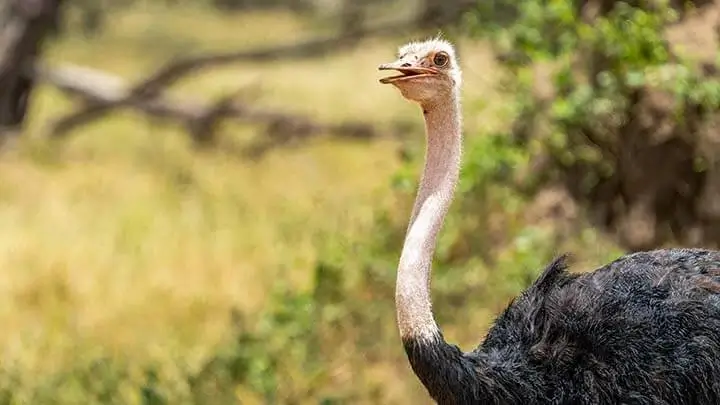
hese landscapes support a wealth of bird species, with 318 species being confirmed in the park to date and many additional species believed to still occur in the park.
Read More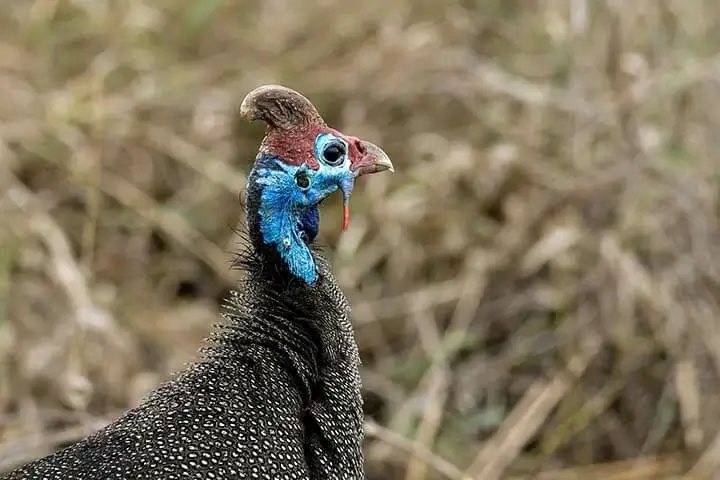
The park is an important wintering ground for migratory waders from the Palearctic. For six species of non-breeding waterbird, numbers exceed the 1% population thresholds.
Read More
Gorongosa mountain makes up less than 10% of the extent of this site, but is the most important part because most of the bird species which are of conservation interest are concentrated here.
Read More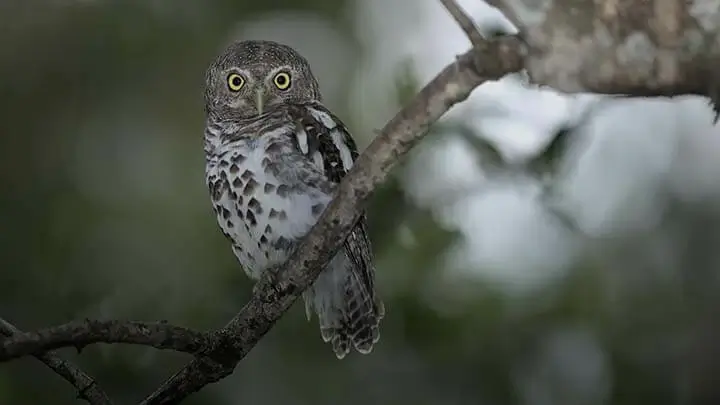
There have been over 600 species recorded in the province to date. Limpopo offers an excellent variety of birds due to its habitat diversity. Raptors, woodland and wetland species are all particularly well represented.
Read More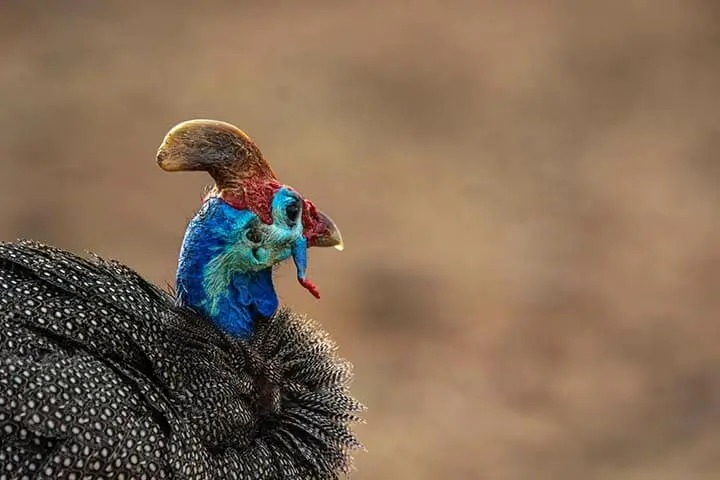
Number of bird species here are 202 and the number of globally threatened species are two. Some of those include;
Read More